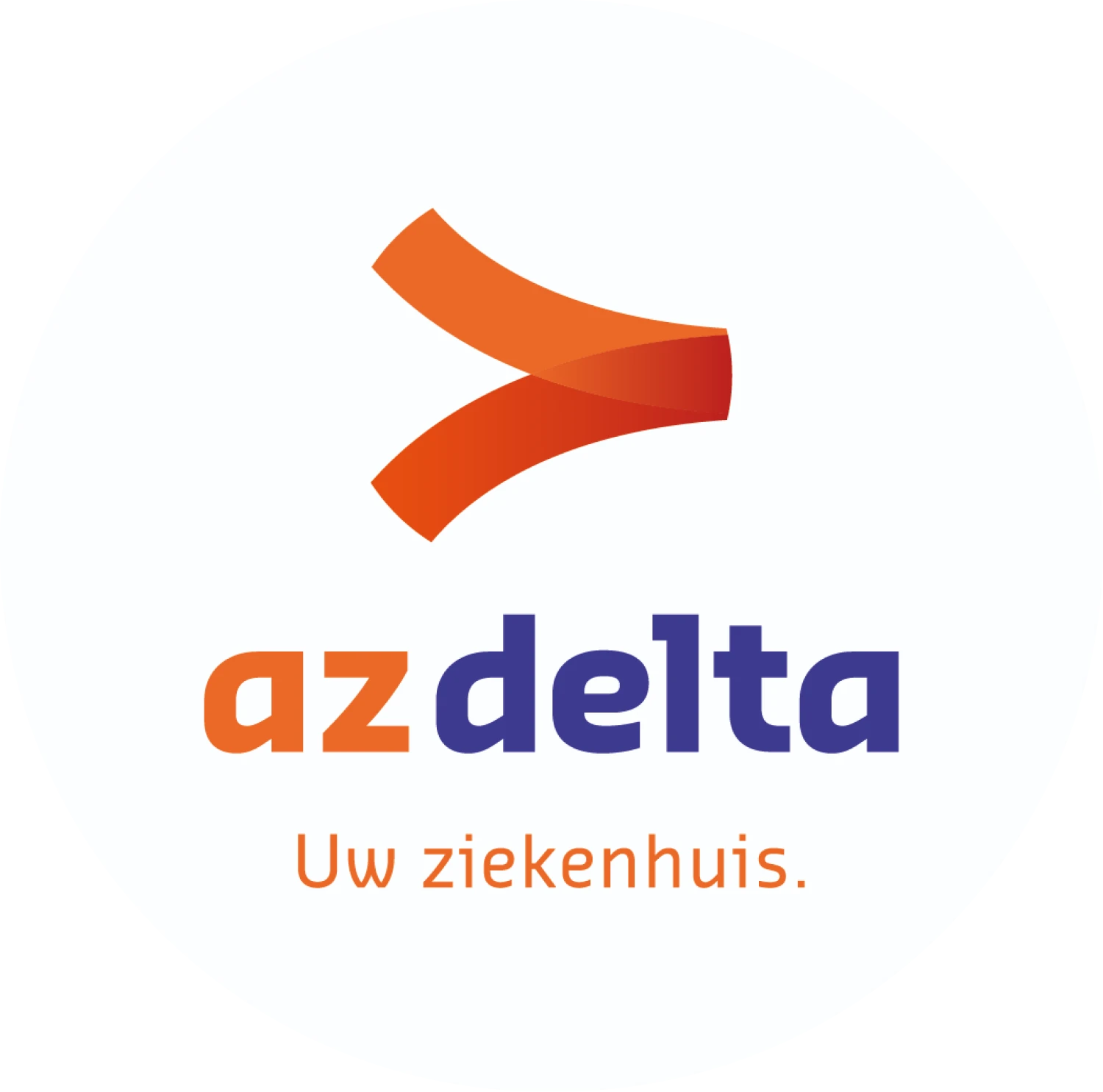Gastroscopy (stomach exam)
Brugsesteenweg
Rumbeke
Torhout
Menen
A gastroscopy is an examination where the gastrointestinal liver doctor looks at the inside of the esophagus, stomach and duodenum. An endoscope is used for this purpose. This is a flexible tube with glass fibres and a camera that can transmit light and image.
The research can be done in 3 different ways:
- With throat anaesthesia only (Xylocaine spray).
- With mild anaesthesia by injection into the veins (sedation with Midazolam and/or Rapifen).
- With full anaesthesia or anaesthesia. In that case, a day stay is required.
Aim of the research
With this examination, abnormalities of the esophagus, stomach and duodenum can be detected. For patients with liver cirrhosis, it is particularly important to detect esophageal varicose veins. But in addition, other things can also be viewed.
Preparation
- You must be sober at least 6 hours before the exam. This means that you are not allowed to eat, drink or smoke. (Exception: you can drink water up to an hour before.)
- If you have arranged the examination under light anaesthesia (sedation) or general anaesthesia, ask a family member/acquaintance to take you home after the examination. You cannot get sedation or anaesthesia if you have to go home alone.
- The nurse will ask you to remove any dentures and remove your glasses.
- Your throat will be numbed with a spray. This spray has a banana flavor and causes a feeling of swelling in the mouth or throat (like at the dentist).
- If the examination is done under light anaesthesia, the nurse will pierce a vein in the arm to administer the anaesthetic. In addition, a measuring device is placed on the finger to monitor blood oxygen levels and heart rate. Sometimes you get oxygen through nasal goggles.
- Sometimes the examination takes place under general anesthesia where you are fully asleep. This requires a (day) recording and cannot be performed on the day of the consultation. After the examination, you will return to the room [MOU2] when you are sufficiently awake.
- Please bring the referral letter for the investigation with the reason for the investigation, if you have one.
Execution
- The investigation takes about 5 to 10 minutes.
- During the examination, you lie on the left side with a mouthpiece between the teeth/lips to avoid biting the endoscope.
- The doctor inserts the endoscope through the mouth to the back of the throat. Then the doctor will ask you to swallow this scope. This may cause mild discomfort.
- The nurse will guide you during the examination to maintain good breathing during the examination. Breathing is not prevented as the airway remains clear. It is best to inhale through the nose and breathe out slowly through the mouth. Swallowing during the examination is not recommended. You can let the saliva flow out of the mouth onto an absorbent cloth.
- During the examination, carbon dioxide is blown in to get a good view, which can cause bloating.
Hospitalization
After the examination
- Due to the risk of choking due to the throat anaesthetic, you should not eat or drink anything for up to 1 hour after the examination.
- A raw feeling in the throat is possible for some time after the examination.
- In the first few hours, you may experience problems such as belching, mild abdominal pain, cramps, bloating and flatulence.
- You can resume your normal activities after the examination, unless the examination took place under anaesthetic.
Advantages and disadvantages
Side effects
Points of interest
Risks of this study
Complications such as a lung infection or heart rhythm disorders are extremely rare when a diagnostic examination is performed. When treating esophageal varicose veins during a gastroscopy, there are some other risks associated with this procedure. For this purpose, we would like to refer to the info sheet “treatment of esophageal varicose veins”.





